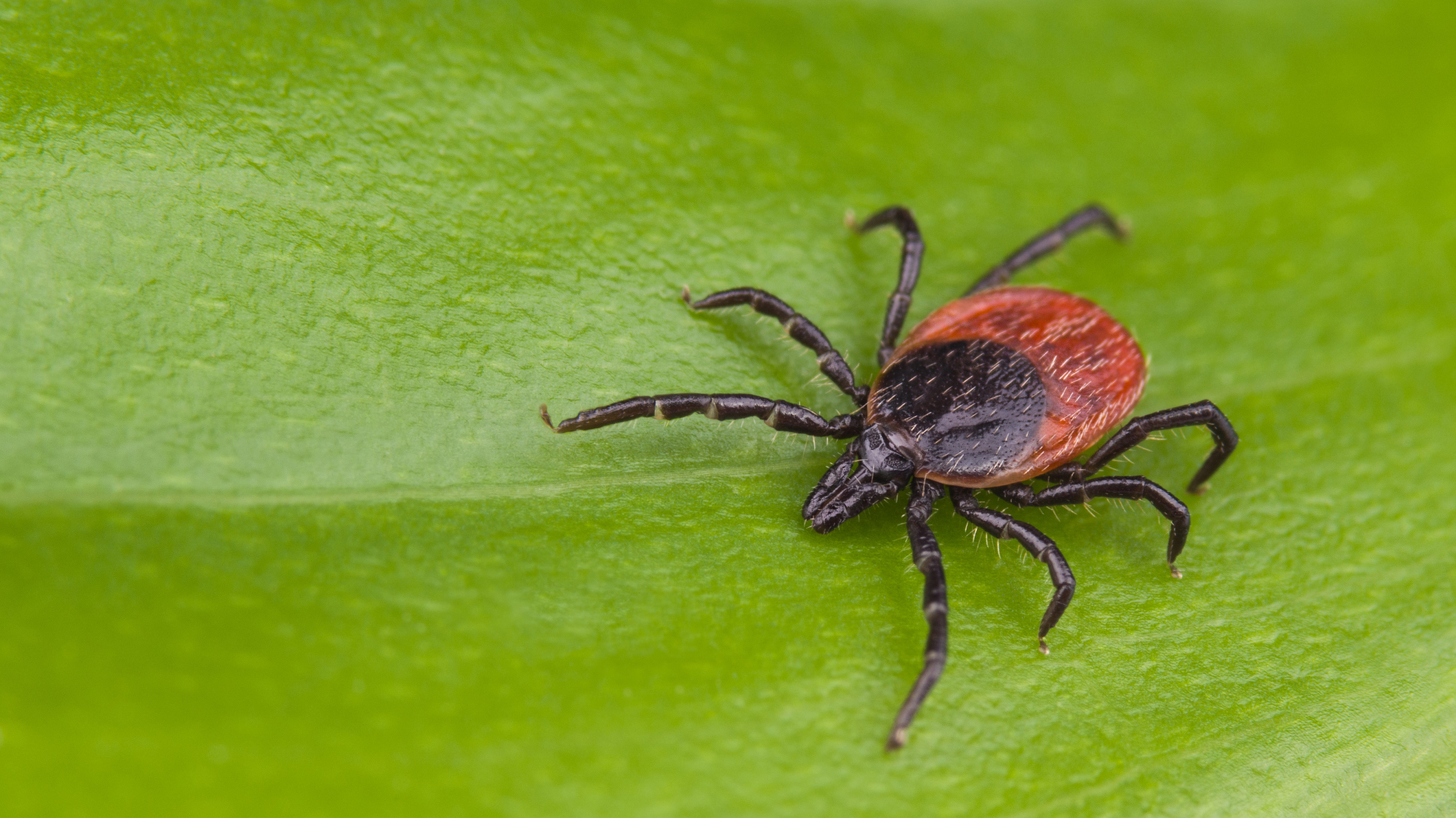
As we spend more time outdoors this summer, it’s important to protect yourself and your children from tick bites, because some ticks carry Lyme Disease.
When Japneet Kaur spotted a large red circle on her three-year-old daughter’s torso, she knew something was wrong. “My daughter also had a fever and the redness was spreading,” says the Surrey resident. “I thought it was a tick bite because my daughter reached out to touch some plants while we were walking on a trail in a local park.”
Doctors confirmed it was indeed a tick bite. After a round of antibiotics and follow-up bloodwork, Japneet’s daughter received a clean bill of health. “Since then, when I see families with young children and babies playing or rolling in the grass, I let them know about the dangers of tick bites,” says Japneet.
According to the B.C. Centre for Disease Control, less than one per cent of ticks in British Columbia tested carry the bacteria that causes Lyme Disease, which can be a serious and debilitating disease. Ticks tested in some other parts of Canada have higher rates of carrying Lyme disease.
“The best way to prevent Lyme disease is to prevent tick bites,” says Dr. Emily Newhouse, Medical Health Officer, Fraser Health. “If you’re heading outdoors in wooded or grassy areas, wear closed-toed shoes and apply insect repellent containing DEETS or Icaridin to clothing and skin. You also can tuck long-sleeve shirts into your pants and tuck pants into your socks. Use bug spray, avoid brush and check your skin for ticks,” adds Dr. Newhouse.
While you're outdoors:
- Walk on cleared paths or trails.
- Keep children and pets from wandering off paths.
- Avoid using trails created by animals, as ticks are often found on the grass and plants along these trails.
Before you return indoors:
- Check yourself, your children and clothing.
- Check your outdoor gear, such as backpacks.
- Inspect your pets as they can bring ticks into your home.
Between 2009 and 2024, there were 27,463 reported cases of human cases of Lyme disease in Canada.
“The longer a tick stays on your body, the chance of an infection increases, so if you find a tick, it’s important to remove it as soon as possible,” says Dr. Newhouse. “Use fine point tweezers to grab the head as close to the skin as possible and slowly pull up and out of your skin. Then, wash the affected area with soap and water or sanitizer. If you’re not comfortable doing it yourself, seek medical care.”
As for the tick, you can place it in a sealed bag and photograph it for the eTick surveillance program. Testing of the tick itself is also possible through the BC Centre for Disease Control.
“I don’t think people realize how easily the ticks can attach even when you’re wearing long clothing,” says Japneet. “We are really cautious now, and we always check for ticks after being outdoors.”
Learn more about staying safe this summer here.


